Why Beauty Brands Are Facing Backlash For Using the Word ‘Clean’
‘Clean’ products have been a driving force in beauty for years. Many skin-care products and other cosmetics claiming to be “green”, all-natural, and organic have infiltrated store shelves and websites for some time. But now, in the advent of “clean beauty”, many are inspecting the ingredient list with extreme diligence and the result has caused a wide-spread of confusion.
According to the Washington Post, “The term popped up in the 1970s with CoverGirl’s “Clean Make-up” campaign, a reference to the fresh-faced, no-makeup look. Fast forward to the 2000s, and the word took on new meaning with the launch of skin-care lines such as the British brand Ren — the Swedish word for clean.” Ren aimed to provide an all-natural solution to high performance skincare and was created to be free from harmful ingredients. Since then, the clean movement has been evolving and accelerated over the past years. Today, there has been somewhat of a consensus in beauty that clean refers to products that favor natural ingredients and deemed safe for people and the planet (Washington Post).
But still with no universal standards on the definition of ‘clean’ in beauty products, there’s a lot of confusion about the term in marketing its use as a measure of product safety. For example, this past November Sephora was hit with a lawsuit centered on its “Clean At Sephora” program. The lawsuit was filed by Lindsey Finster who claimed that she was misled by Sephora’s clean beauty labeling while shopping for mascara. “The dispute is just the latest example of how, despite the proliferation of the term in products and marketing, a universal definition for clean beauty remains unclear” (Business of Fashion). Now, in most cases the term ‘clean beauty’, has become too ubiquitous to help a brand stand out. In reality, the term has increasingly become a liability. Brands who tout the word “clean” should be ready to clearly define it’s standards and ingredients to prove so.
In other news…
New references in Instagram’s code suggest the company could be developing a paid verification feature following the rollout of a similar system at Twitter under Elon Musk. According to Tech Crunch, The discovery was made by developer Alessandro Paluzzi, who has previously spotted a number of new Instagram features before they launched. This speculation comes in the wake of the numerous complaints about Instagram’s verification system being to obtuse, complicated, and seemingly random.


